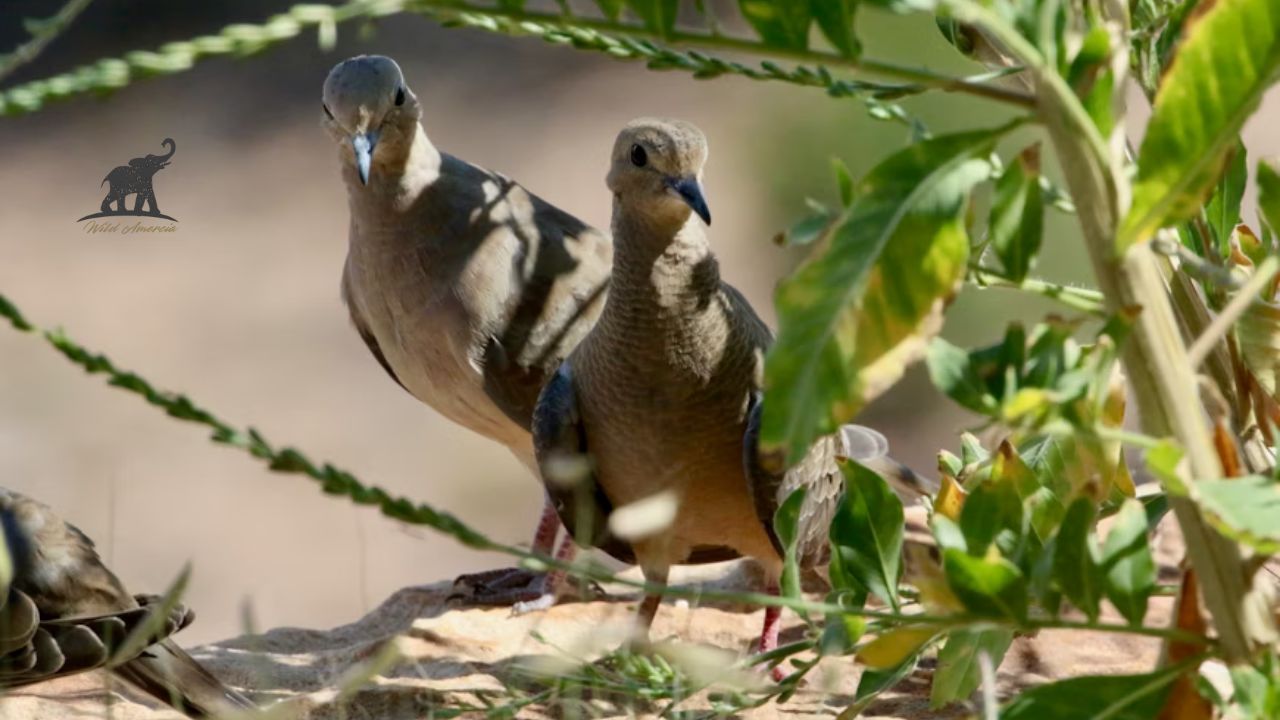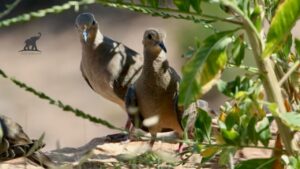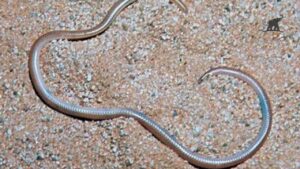Mourning doves are well known and beloved bird species in North America, Their decent flight and soft cooing has homed in the hearts of bird’s watchers as well as nature enthusiasts. Only you are not in your curiosity concerning mourning doves’ lifespan. Their extraordinary adaptability as well as serene attraction often leads the people to marvel how long they actually live and the factors that influence their lifespan.
Mourning Dove Quick Facts
Before we explore the details of life expectancy of mourning dove, here is a short summary table for quick review about mourning doves:
| Attribute | Details |
| Scientific Name | Zenaida macroura |
| Average Lifespan | 1.5 years-in wild, maximum up to 5 years |
| Natural Habitat | Open fields, wooded areas, urban areas |
| Diet | Seeds, grains, insects |
| Migration | Partial; Southern regions in winter |
How Long Do Mourning Doves Live?
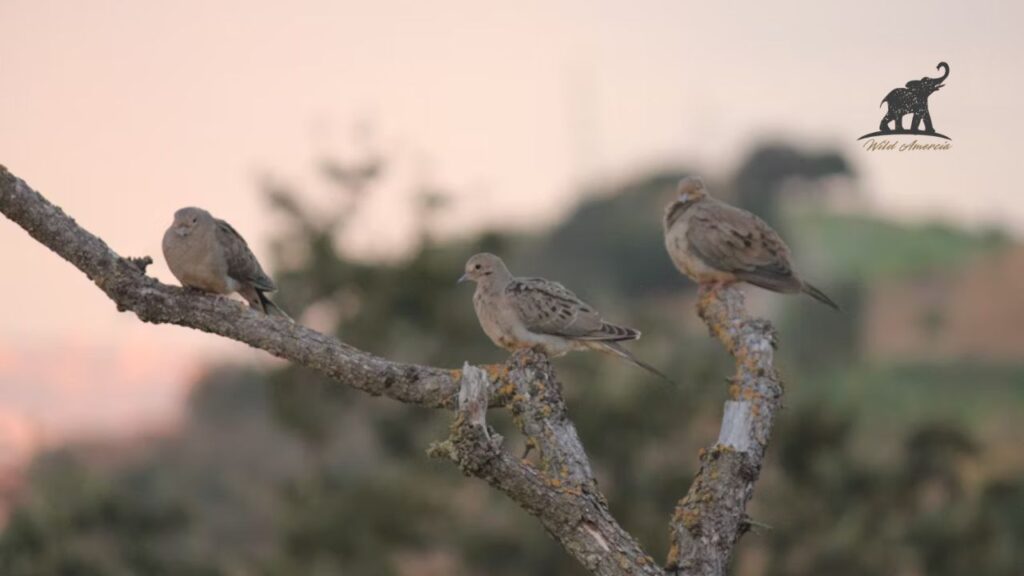
Average Life Expectancy in the natural habitat
Shockingly, mourning doves have short lifespan in their natural habitat. Their average age is maximum 1.5 years. Nevertheless, this duration can be significantly affected by environmental hazards, weather as well as predation. Few mourning doves resist the odds, although their average lifespan is comparatively short. Their longest lifespan is documented 31 years. This demonstrates how species-specific variations in longevity can be significant.
Factors Influencing Their Lifespan
The survival of mourning doves depends on several key factors:
- Predation: Hawks, snakes as well as domestic cats are common predators of mourning doves.
- Human Activity: Vehicle strikes and habitat destruction are major threats that are caused by human to the mourning dove.
- Disease and Parasites: Trichomoniasis only disease that cause serious threat to the mourning dove.
- Climate and Seasonal Changes: Only survival rate of young mourning doves is reduced due to cold winters.
Mourning Doves in Captivity
When compared to their wild counterparts, mourning doves that are kept in captivity typically live for more than ten years. They thrive in an environment that is safer and more stable thanks to a controlled diet, a lack of predators, and regular veterinary care.
Mourning Doves’ Remarkable Adaptability
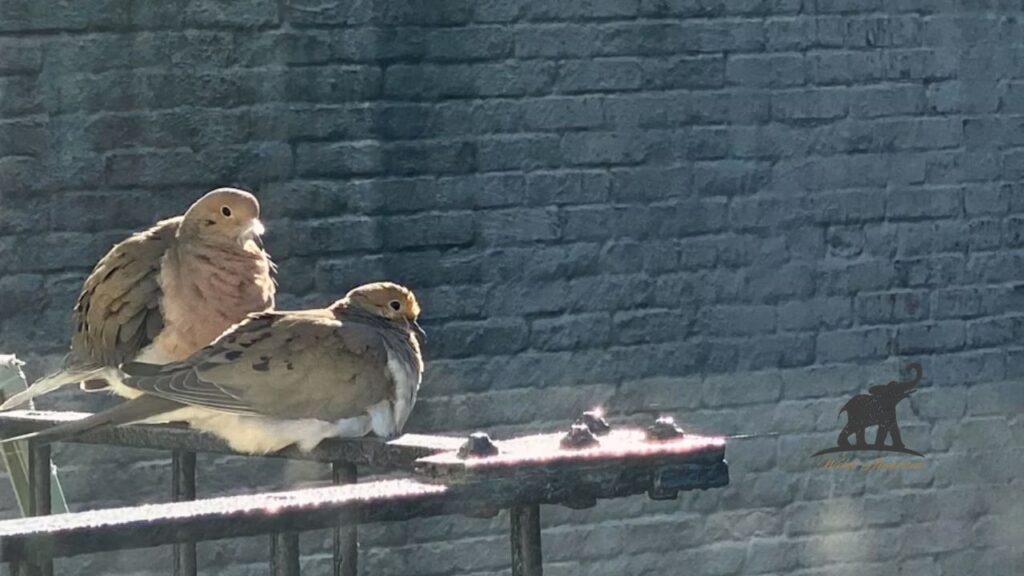
Because of their remarkable adaptability, mourning doves survive in a variety of habitats despite the challenges they face. Let us break this down into three important aspects of their lives:
Behaviour and Reproduction
Mourning doves reproduce frequently. A pair can have up to six broods each year, each containing two eggs. This high rate of reproduction helps offset their short lifespan. Squabs, or chicks, develop rapidly and can fly in just two weeks.
Diet and Foraging Habits
Remarkably sturdy birds, mourning doves consume a simple yet diverse diet:
- Especially Seeds of grasses and sunflowers consumed.
- However Grains, which are frequently found in agricultural areas.
- Sometime insects as a protein source.
They can forage in both urban and wild areas; this adaptation increases their chances of survival
Migration Patterns
Only mourning doves that homed in colder regions migrate to south to protect itself from cold/harsh winter. This behavior not only exhibits their adaptability but also supports to their broad geographical range, from southern Canada to Central America
Do User Reviews Reveal Fascination with Mourning Doves?
Though we do not often hear of “reviews” for wildlife, mourning doves are constantly loved by bird watchers. In this regards, most of them rate their bird-watching experiences lovingly, often revealing:
- The calming sound of their bustling.
- Their elegant, often graceful, patterns of flight.
- How they symbolize peace, calmness as well as beauty.
Every feature of these enigmatic yet captivating birds retains enthusiasts fastened to their backyards as well as fields for hours.
FAQs on the Life Expectancy of Mourning Doves
1. Why is the life expectancy of mourning doves so short?
Diseases, environmental challenges and high predation rate are major contributors for their life expectancy. On the other hand their high capacity to reproduce makes to thrive this charming bird. The short lifespan can be attributed to high predation rates, diseases, and environmental challenges. However, their high reproduction rate ensures the species thrives.
2. What is the oldest recorded age for a mourning dove?
It has been documented that mourning doves can reach to 31 years in the natural habitat. But birds in the captivity can gain noteworthy ages; if proper care is provided.
3. Do mourning doves mate for life?
Yes, mourning doves practice long-term pair bonds, frequently remaining steadfast to partner for multiple breeding seasons.
4. Are there any threats to mourning dove populations?
Hunting and habitat loss effect the population of mourning doves but they are not endangered.
5. Can I attract mourning doves to my garden?
Undeniably! By the provision of clean water sunflowers and millet, you can attract this beautiful bird.
Emotional Connection to Mourning Doves
There is a deep spiritual resonance with mourning doves. Additionally, their name links them to remembrance and loss, yet their determination and compliance symbolize hope as well as renewal. They have encouraged poetry, art, and numerous bird enthusiasts globally. Therefore, noticing these delicate birds prompts us to appreciate life’s ephemeral moments while marveling at nature’s resilience.
Admin Recommendation
Experience the Majesty of Elk and Bison Prairie, KY
Cottonmouth Snakes in North Carolina (NC): Key Facts
Bald Eagle Spiritual Meaning: A Guide to Symbolism and Significance

